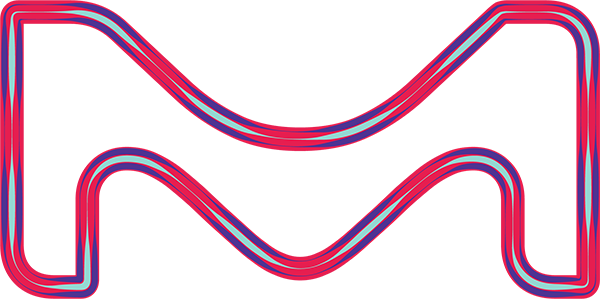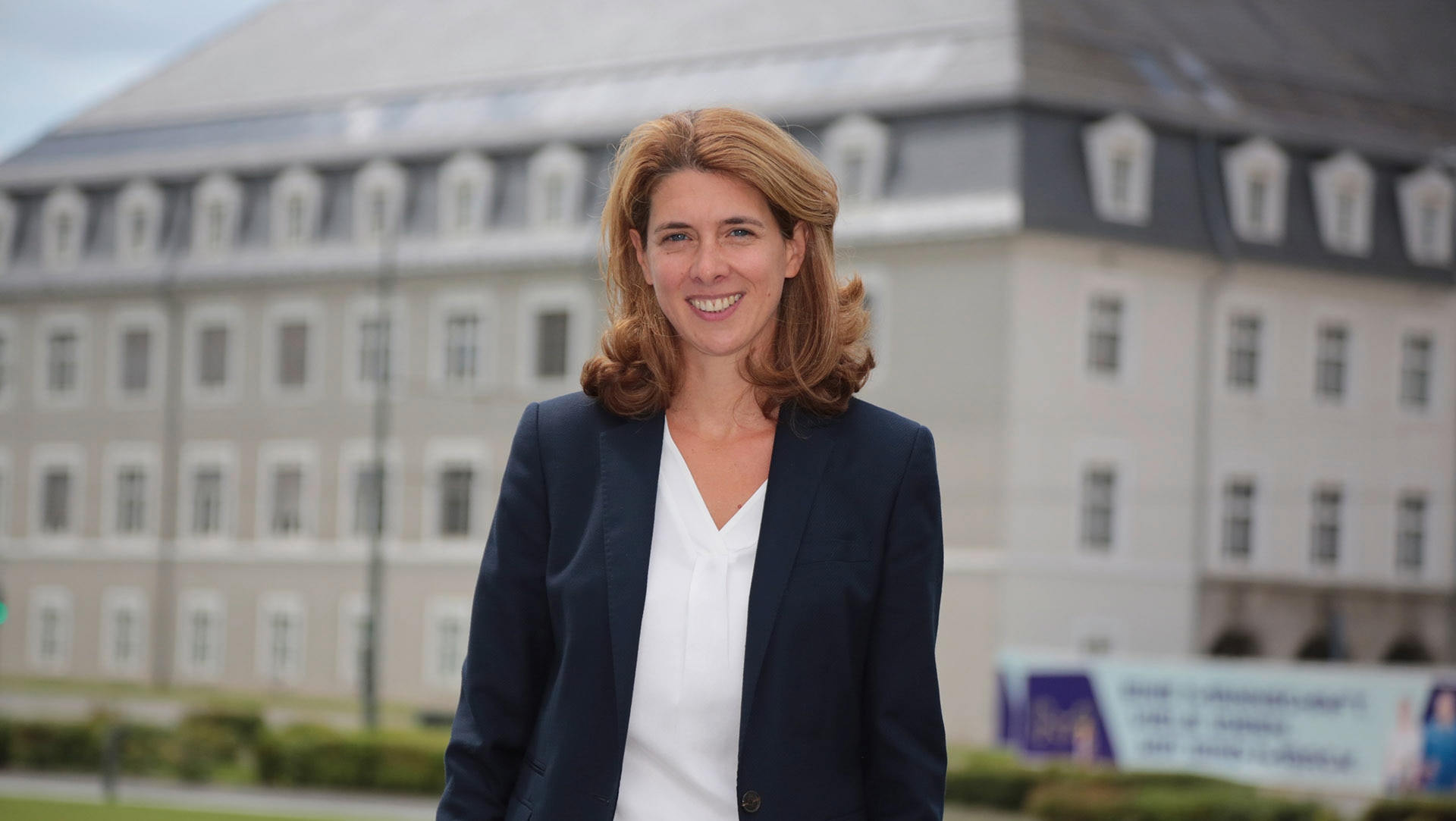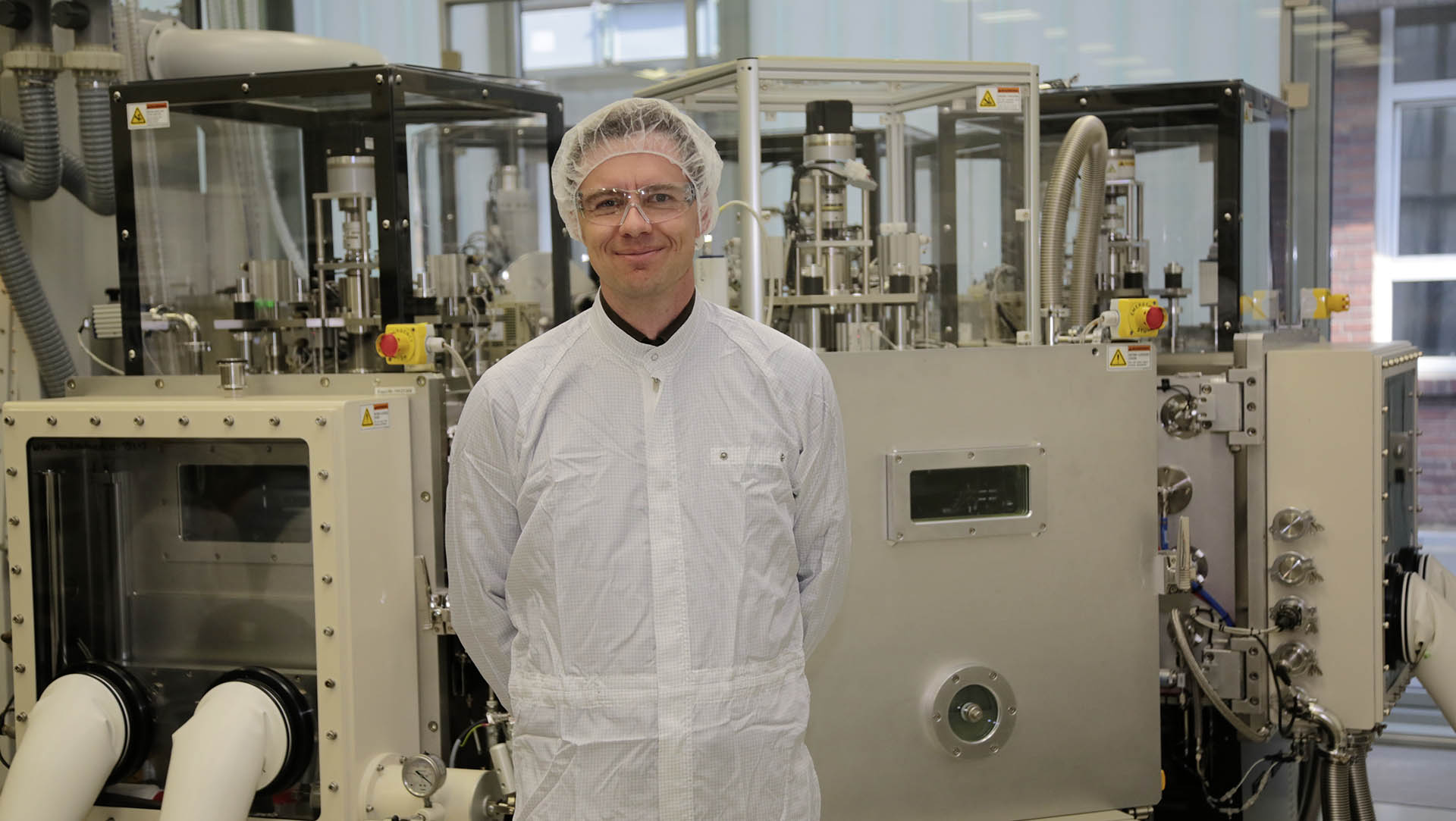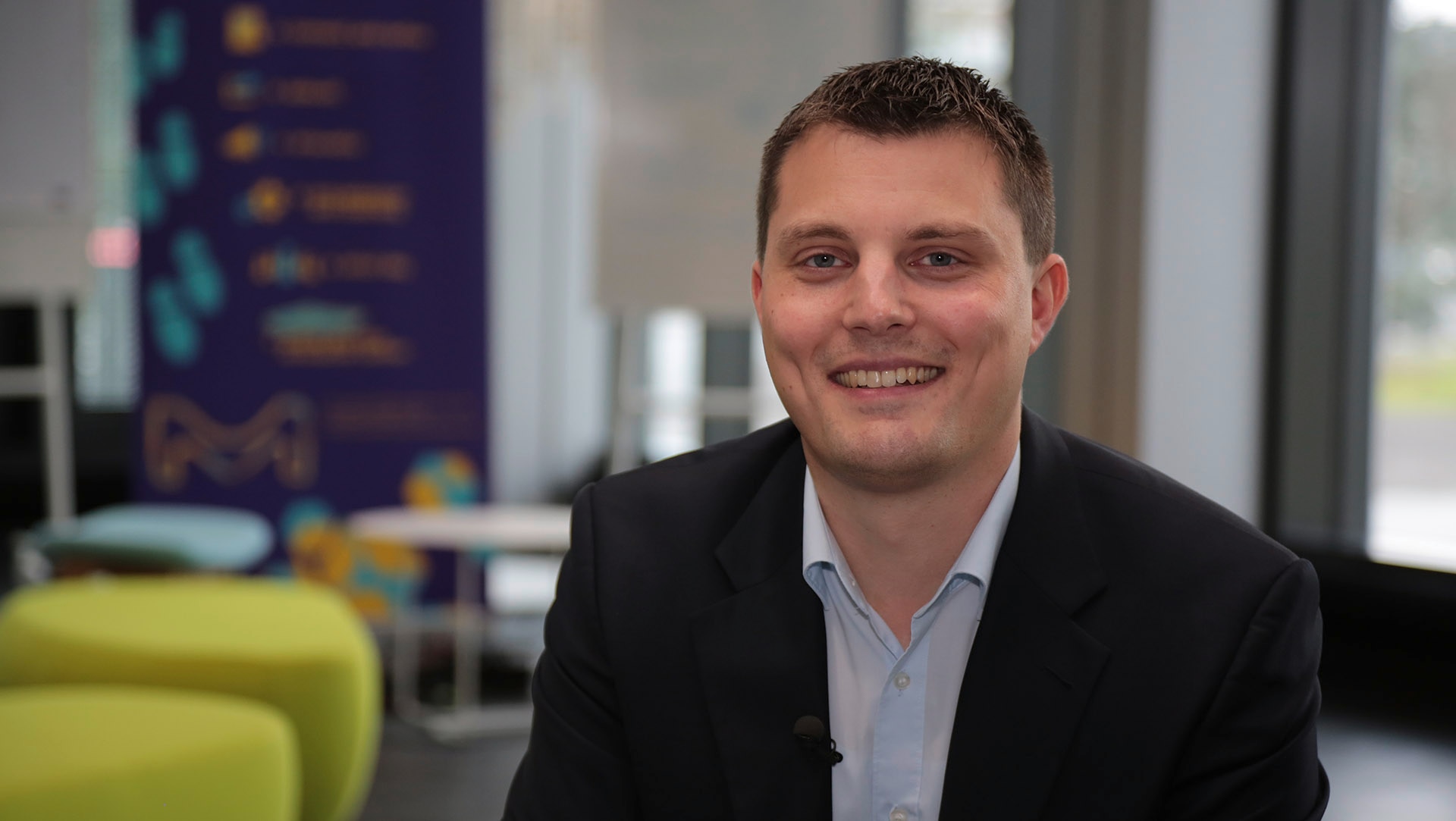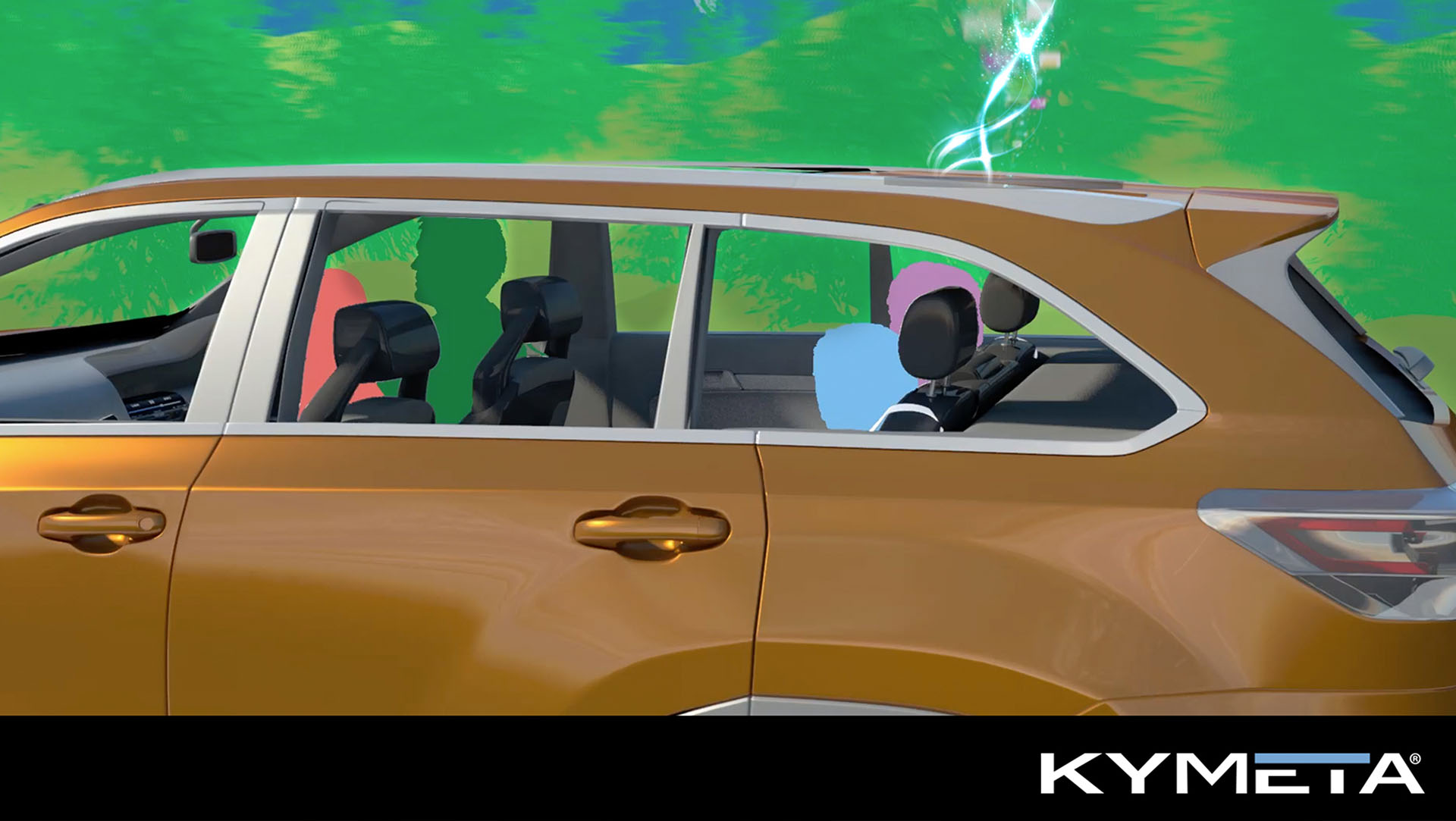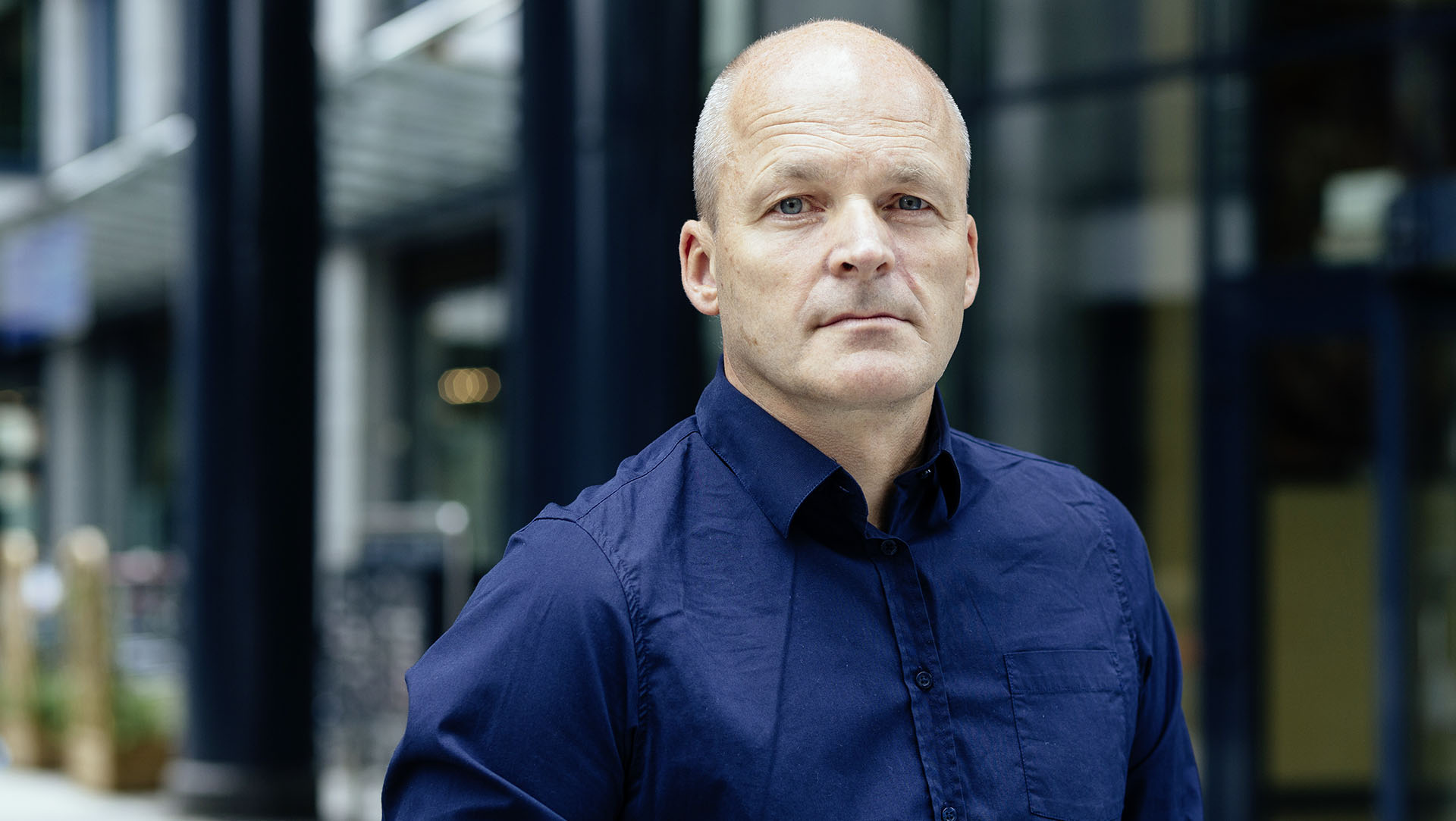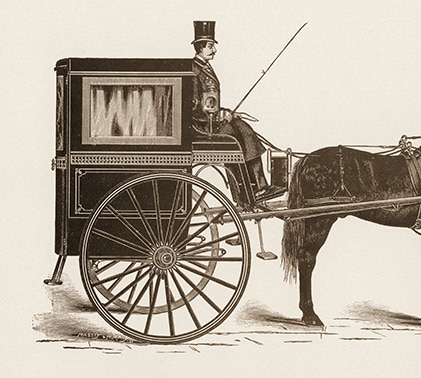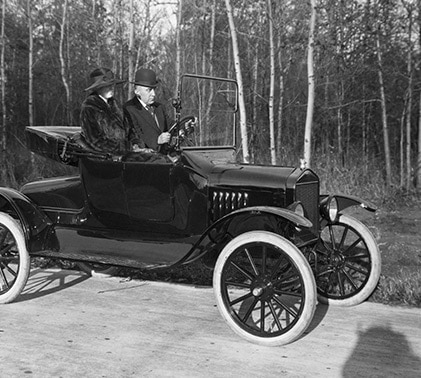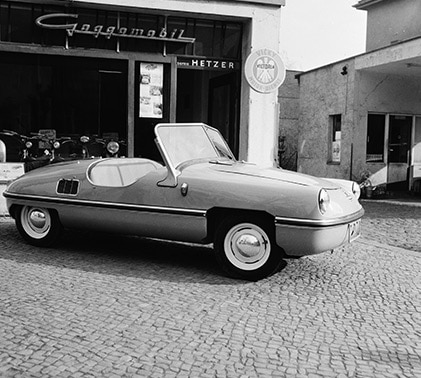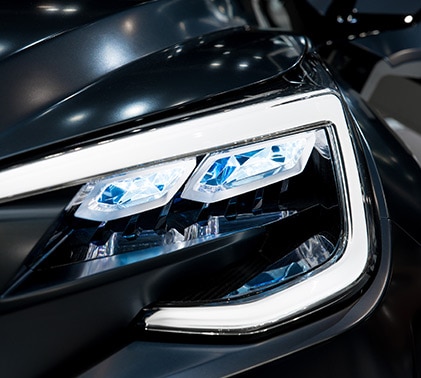Professor Fügener, the UK magazine ”The Economist” recently wrote that we are living in a golden age of discovery in the field of new materials. Is this also your view?
Yes, that is definitely the case. Tremendous progress has been made in fundamental research. Many people don’t realize how many different materials go into an automobile. There’s steel, of course, but also aluminum, glass, carbon fiber, plastics, and other high-tech materials. Drivers and passengers aren’t aware of the many innovations, which often remain hidden, and that’s why the general public doesn’t even realize that we’re in the midst of a revolution.
In your work as a designer, do innovations inspire your imagination?
It does sometimes happen that a new material suddenly makes it possible to solve a long-standing problem. In general, designers are paid to think up things that are surprising and unexpected. That’s not easy to do for something like cars, which have already been worked on by thousands of very intelligent people.
Where should a designer turn for inspiration?
The ideas of my students are often inspired by new materials that they’ve come across somewhere. One example of that is ”shape-memory materials,” which change their shape when they are exposed to energy. These kinds of things get the creative process rolling. For example, could such a material be used to replace suspension springs or to optimize chassis attributes? Could it enable us to change a car’s outward appearance completely? Could it implement an aerodynamic update when a car is out on the highway or transform a sports car into a family station wagon?
How do designers find out about innovations?
Unfortunately, there are no professional journals or media outlets that continually report on innovations — and if people don’t know what’s actually possible, a lot of ideas will go unnoticed and unused. That’s why many universities have now established departments that focus on materials. We also visit materials libraries with our students so that they can find out what kind of possibilities they can explore. And of course in our daily work we are dependent on our cooperation with engineers and technicians.
